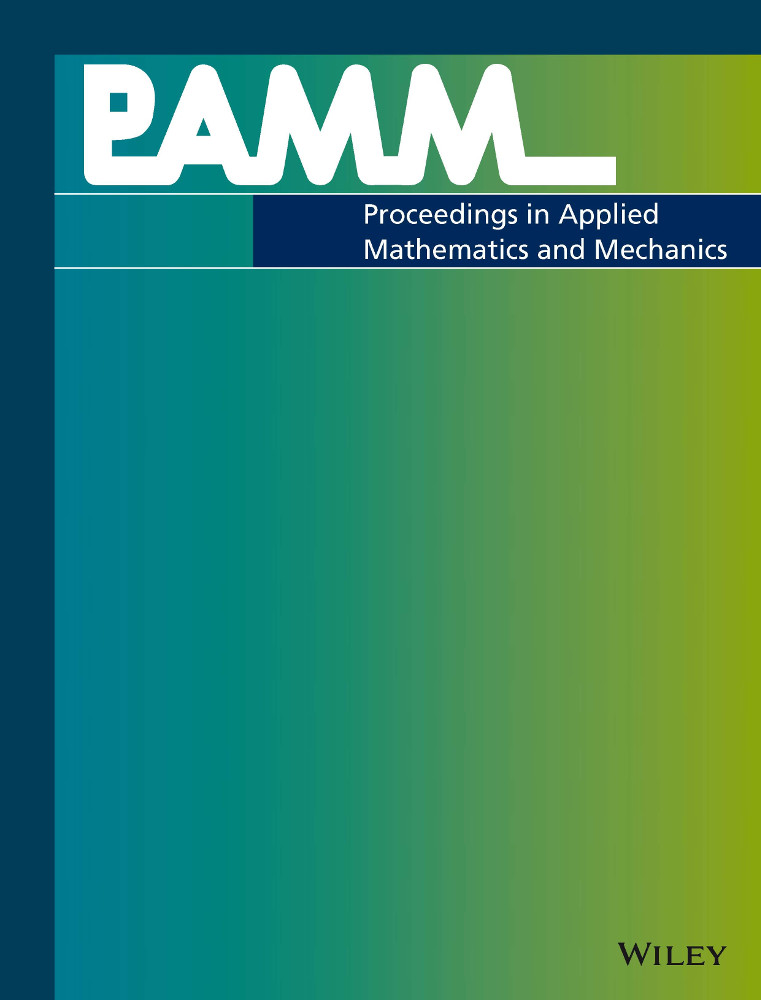A study of energies in pressure dependent plasticity – mathematical model and mechanical analogies
Abstract
Experiments conducted in granular media like clay, silt, or sand show complex structures which cannot be explained as simple shear bands. Materials in this class are usually heterogeneous mixtures of fluids, usually air and water, and particles that have little to no cementation. The shear strength is provided by friction and interlocking of the particles. This generally leads to pressure dependent plastic behavior.
Consequently, models in soil mechanics require pressure-dependent yield surfaces resulting, in contrast to models in crystal plasticity, in non-associated flow rules, which have not been studied as extensively as associated ones. In this study, we introduce a model capable of explaining the occurrence of the complex structures mentioned above starting from a time-incremental variational formulation.
We consider a basic model giving a reduced description for plasticity in soil mechanics with as few parameters as possible while retaining the essential features of the full model. The goal is to capture the complexity seen in experiments by considering the stability properties of the emerging microstructures. As expected, these complex structures lead to challenging questions concerning numerical simulations, which can be resolved employing a relaxed model in the implementation.




